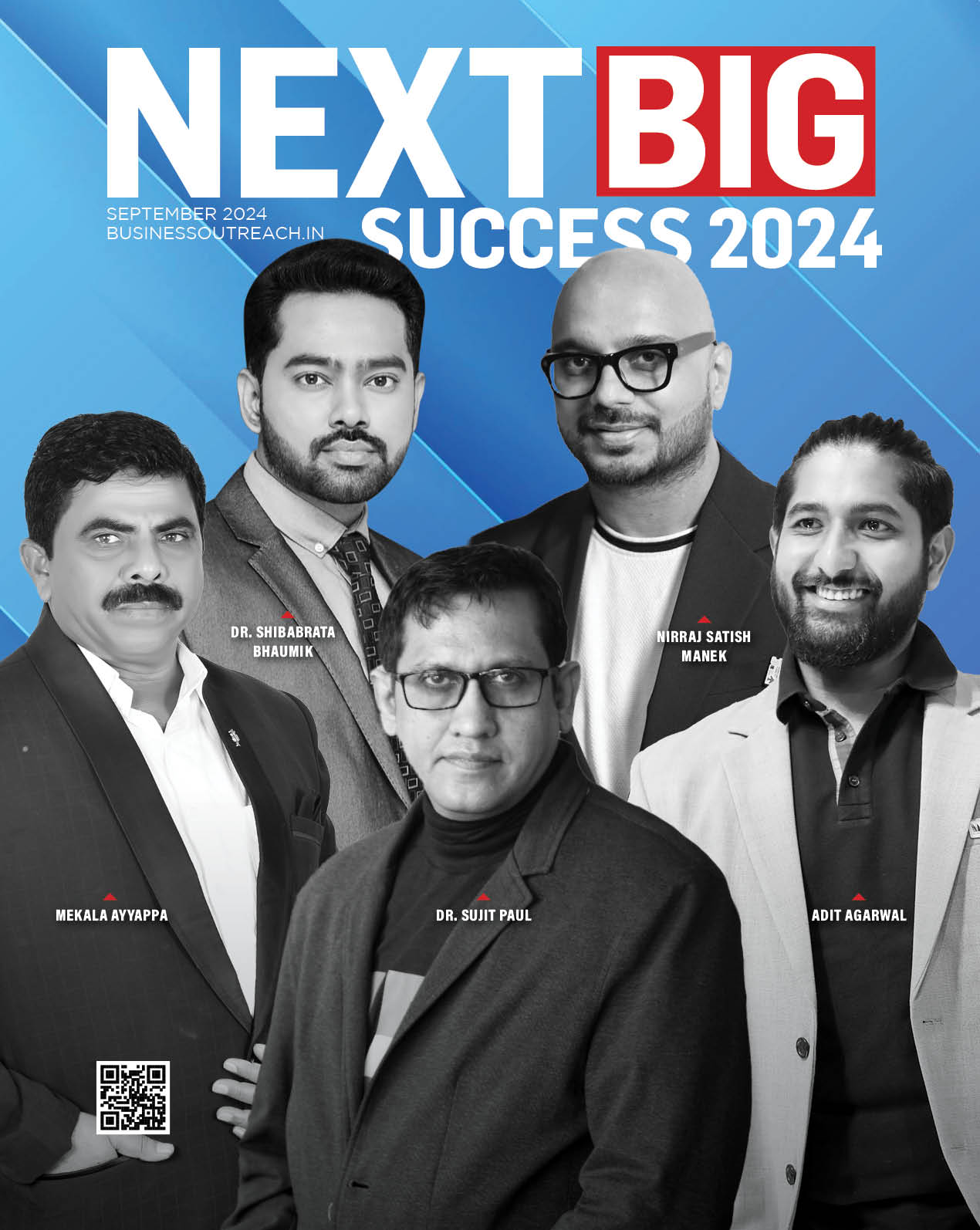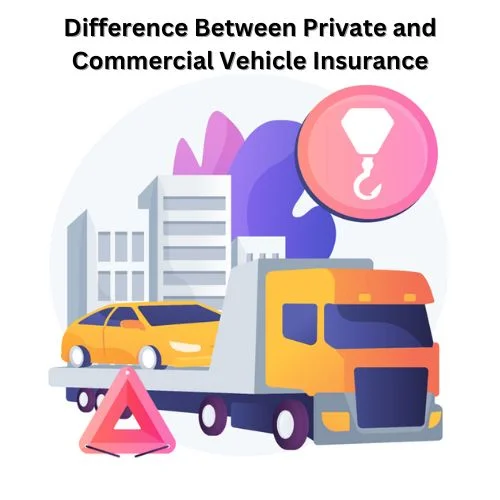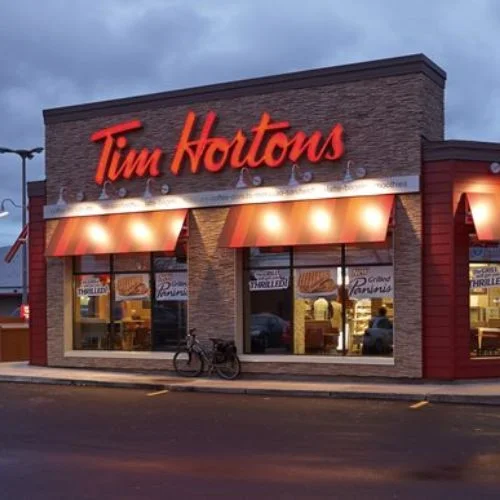Joby Aviation, a US air taxi company, has selected a location near Dayton, Ohio, as the location where it eventually hopes to produce an electric aircraft that is still in development and needs to obtain certification.
On September 18, the Santa Cruz, California-based business announced that it would be investing $0.5 billion in the project. Additionally, the project will get up to $325 million in “state and local incentives”.
At the Dayton International Airport, “Joby plans to build a facility capable of delivering up to 500 aircraft per year, supporting up to 2,000 jobs,” it states.
The Dayton, Ohio, site, which is 140 acres (57 ha) in size, “has the potential to support significant additional growth over time, providing enough land to build up to two million square feet of manufacturing space.”
Joby anticipates that work on the facility will start in 2024. It “plans to use existing nearby buildings to begin near-term operations” and hopes to start producing air taxis there in 2025.
As a stakeholder in the business, Toyota would “advise Joby as it prepares for scaled production of its commercial passenger air taxi”.
Joby is creating an electric vertical take-off and landing (eVTOL) aircraft that can travel 87 nm (161 km) and reach 174 kt (322 km/h) while transporting four people. In order to start operating commercial flights in the USA in 2025, it plans to have its aircraft certified by the Federal Aviation Administration.
Joby conducted the first flight of the air taxi type it plans to sell in late July.
Several air taxi developers, including Joby, claim to be moving forward with getting their designs certified.
However, there are still some significant obstacles, such as those related to pilot certification, training, and noise, the latter of which has already sparked opposition from some neighborhoods.
This year, the FAA proposed regulations that would mandate air taxi pilot training with a training pilot. For eVTOL start-ups, many of which are creating one-pilot aircraft, that idea provides a potentially significant barrier. They claim that in order to comply with the rule, they would have to spend money and time creating a second type specifically for training.
According to Joby, “The Joby aircraft has been designed with a single set of controls,” the company informed the FAA in August. The FAA’s plan would require Joby to significantly alter its suggested type design or create a new type design specifically for training.















